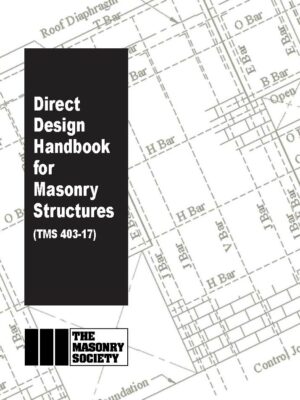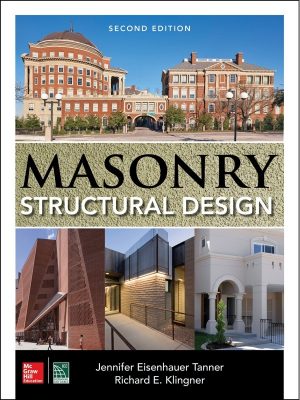Direct Design Handbook, 2017
$60.00TMS 403-17 Direct Design Handbook for Masonry Structures (hereinafter referred to as the Handbook) was developed by The Masonry Society’s Design Practices Committee. This Handbook provides a direct procedure for the structural design of reinforced concrete masonry and clay masonry structures. The procedure is based on the strength design provisions of TMS 402-13/ACI 530-13/ASCE 5-13 Building Code Requirements for Masonry Structures and ASCE 7-10 Minimum Design Loads for Buildings and Other Structures. The document is applicable to both residential and commercial structures. This Handbook was developed as a consensus standard and written in mandatory language so that it may form a part of a legally adopted building code as an alternative to standards that address a much broader range of masonry construction. This Handbook was written so that architects, engineers, contractors, building officials, researchers, educators, suppliers, manufacturers and others may use this Handbook in their practice for various purposes. Among the topics covered are reference standards, definitions and notations, site limitations, architectural limitations, loading limitations, material and construction requirements, direct design procedure, specifications, and details. The Commentary to this Handbook presents background analysis, details and committee considerations used to develop this Handbook.
Other Formats: Protected Download (Single User)


